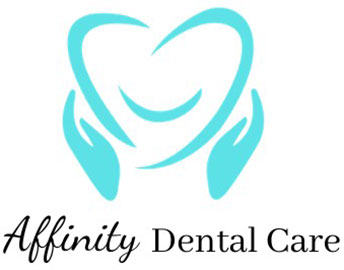I am recently helping a ten-year-old male achieve a perfect smile with a clear aligner (similar to Invisalign). His dental development is about 2 to 3 years ahead of his age based on the average North American tooth eruption pattern for males.
His dental malocclusion diagnosis was: class II occlusion subdivision left with severe crowding in his upper and lower front teeth, complicated with buccally erupting tooth #23 (upper left canine) and severe overbite and overjet.
Because of the deep overbite and prognathic (more forward-positioned) upper lip, I have decided to move the upper teeth backward (distalization), starting with the molars and then premolars to allow rooms for the front teeth to line up nicely (mainly to gain space for the tooth #23). Simultaneously, I would intrude the upper (maxillary) and lower (mandibular) front teeth to reduce the deep overbite.
His case’s caveat was that his four wisdom teeth were already well-developed inside the alveolar jaw bone, even though they had not erupted yet. Because those wisdom teeth would serve as the barriers for other teeth to move backward, I recommended that they be removed first before the invisible aligner treatments. The patient and his parent understood the hindering property of the wisdom for the successful orthodontic treatment, so they did have them removed surgically.
After two weeks of healing, the patient started to wear the invisible aligners that would sequentially move the upper posterior teeth backward, and perform other pre-decided teeth movements like intrusions, rotations, linear movements, and uprighting to achieve the desirable results.
To assist in the distalization of the teeth in the maxillary left side, the class II cross-elastic technique typically used in conventional braces was incorporated here to facilitate the movement. So brackets with hooks were placed on tooth #24 (upper left first premolar) and tooth #37 (lower left second molar), with a 5/8″ elastic running between the two teeth (3.5 oz force). Tooth #37 would serve as the anchor to help move tooth #24 distally through the elastic.

That is just an example of how conventional braces and modern invisible aligner trays can be employed together to facilitate specific movements to achieve the desired results.
In some cases, even mini-implants are inserted into the jaw bone to serve as an anchor to help move teeth. After the movements are completed, the mini-implants are removed.
During the treatment’s active phase, the patients need to wear the trays minimum of 20 to 22 hours per day. The only times that the patient is not wearing the aligner trays are during eating and brushing teeth. The cross elastics have to be worn for the same amount of time (20 to 22 hours daily).
For more information on doing braces or invisible aligners, please contact Affinity Dental Care at (289)-861-5111 or email info@affinitydentalcare.ca to book an appointment for further consultation.



